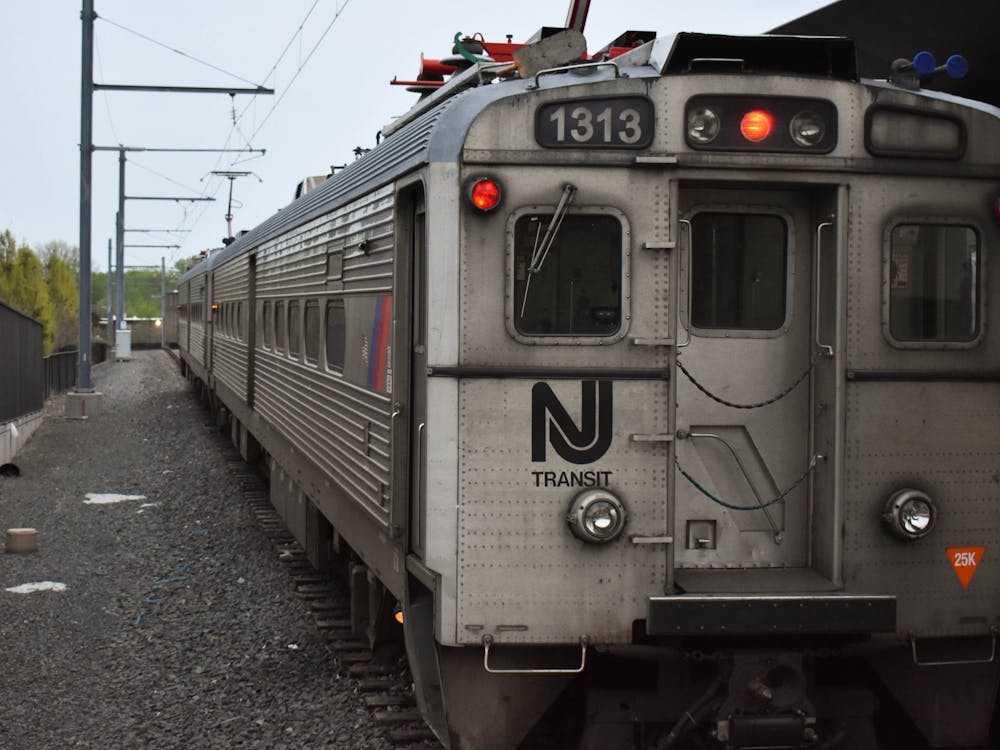Christian and Christopher Johnson seem like two normal nine-year-old boys. The twin brothers play football, love going to Toys "R" Us and relish the opportunity to go to the local 'Wa. At first glance, then, it's impossible to see that the two boys have sickle-cell disease, an inherited blood disease involving mutated sticky red blood cells that shrivel into curved shapes and clump together, blocking blood vessels. Sickle-cell disease patients suffer from various painful health problems including strokes, lung damage and serious infections. One in every 375 African-American babies is born with sickle-cell disease. While the effects they live with vary from mild to extreme, all sickle-cell patients require regular blood transfusions in order to lead normal lives. These blood transfusions, each of which typically involve at least three pints of blood, are only possible due to local citizens who generously donate their own blood, effectively giving them the greatest gift of all: life.
It's for people like the Johnsons that the American Red Cross at Princeton urges the University community to do its part by donating blood regularly. While the number of patients with sickle-cell disease puts African-American donors in high demand, today donors of all blood types are needed. Ideally, a hospital should always have five days' worth of blood supplies on hand. Unfortunately, the entire country currently has a massive blood shortage, and the regional blood inventory is only stocked with enough blood for the next 0.2 days for some blood types.
University students can do their part to help by donating blood during the annual Fall Blood Drive on Nov. 15 and 16 in the Frist Campus Center Multipurpose Room. The blood drive is held in memory of Dan J. Oberst, the former Director of enterprise infrastructures services at OIT. Oberst worked at Princeton for almost 20 years, helping pioneer the University's core computer infrastructure. The ever-cheerful optimist also helped develop Bitnet, the Internet's predecessor, as well as the Internet. Oberst was clearly a pioneer in his field, but first and foremost, he was an inspiration to all those who met him. He passed away on Nov. 9, 2006, after a long battle with cancer. During his treatment, Oberst was the recipient of many blood products. Thus, it was his dying wish that the University community increase its participation in blood drives so that others suffering from cancer and other life-threatening ailments could have a fighting chance. The last memorial blood drive sponsored by the American Red Cross at Princeton brought in over 250 pints of blood. The goal for this drive is to collect over 300 pints.
Recently, the Princeton chapter has fielded some questions about American Red Cross practices, particularly whether or not the American Red Cross "sells" blood donated voluntarily and where the blood donated on campus really goes. First, the American Red Cross does not sell blood. In order to make a donation available to a patient in need, however, the American Red Cross must collect, store, test and process all donated blood. There are costs associated with these processes, and the American Red Cross must charge hospitals in order to cover these costs. Secondly, the blood donated at the American Red Cross blood drives held on campus is distributed to over 125 hospitals in New Jersey and Pennsylvania. Our local hospitals require roughly 2,000 pints of blood products a day for surgeries, emergency care and regular treatment that keeps many people, such as those suffering from sickle-cell disease and cancer, alive. Typically, these hospitals require the donations collected by the American Red Cross to meet their needs.
Because the local hospitals rely on the American Red Cross, the American Red Cross relies on the donations of Princetonians. Students can make appointments to donate blood online. There will also be opportunities to sign up at the Red Cross table on the Frist 100-level, open through today. Walk-ins will be welcome during the drive as well.
The entire donation process, from registration to actual donation to canteen, takes only an hour. That hour, however, could mean the difference between life and death. In fact, each pint of donated blood can save up to three lives. And it only takes 24 hours for the human body to replenish the blood volume and plasma donated. In four to eight weeks, the body will also have recovered the donated red blood cells.
The majority of people who are at least 17 years old, weigh at least 110 pounds and are in good health can donate blood. There are other travel and medical restrictions, however, all of which can be found by going online to pleasegiveblood.org or by calling 1-800-GIVE-LIFE. Live up to Princeton's motto of being "in the nation's service" this week and take an hour out of your time to help save the lives of Christian, Christopher and others who desperately need your help. Jane Yang '11 writes on behalf of The American Red Cross at Princeton. She can be reached at jjyang@princeton.edu.







